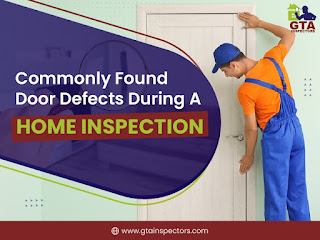All information about condominium inspections
Today’s people are more comfortable living in small, nuclear families than in bungalows. They want to live in small, detached homes with several houses or apartments.
A Condo is a great choice.
Condominiums can be a great option for homeowners today. Condo buyers need to be aware of changes in construction so that they can make the best purchase. A property should be inspected by an inspector. Professional home inspection One thing is company. The dimensions of the snagging process change when we speak about a condo.
Condoms are often spoken in Dubai because of their grand skyscrapers that rise high into the air.
Is it the only one?
No, right!
The world of today is dominated by a construction culture that favors complexes and buildings. People prefer to live in safety and privacy. Reviews, property inspectors, homeowners, and other people can help you navigate the process. These are HOAs (Homeowners Associations), which represent the owners of the complex or building.
The condo association takes care of all repairs and maintenance. When repairs are recommended, snagging inspectors are usually coordinated with HOA. Let’s take a look at what is included in a condominium inspection and highlight the items that are not.
Contrary to a general Property inspection Condo inspections are generally conducted in a similar manner. Each condominium inspection will include all major systems, such as the-
- MEP stands for Mechanical, Electrical and Plumbing Fixtures.
- Check the doors and windows as well as other furniture.
- Heating and Cooling (subject to the Realtor’s guidelines).
- Balconies
- Ceilings, walls, floors, and ceilings for structural damage and leakage
- Pre-installed appliances
However, a condominium inspection will only cover a small number of things. Let’s take a look at each one. Your home inspector’s scope will be limited due to the fact that condominium buildings, societies, and other complex structures have some common areas. The Realtor will share the checklist.
Let’s get to it!
- HVAC systems: HVAC refers to the condensation system within a house. These systems can often be seen to be “split” in both structure and nature. The condenser coils and the evaporator coils can be found far apart. The condenser in a condo is on the roof. It is located in the common area or restricted area of the complex and cannot be accessed by the property inspector for inclusion in the snagging process.
- These buildings’ roofs are usually locked and inaccessible to the general public. Property inspectors are not allowed to see the roof.
- The Foundation is primarily used for parking and reception, making it useful for daily use. Unfortunately, professional cannot inspect the Foundation or basement when checking it out.
- Additionally, common areas such as hallways, courtyards and lobbies, exterior stairs and laundry rooms, swimming pool, and other areas are also important.
If you’re on the verge of making a condo deal, here are some initial pictures!
A condo purchase can bring you wonderful memories and breathtaking views. There are many things that need to be included in the property inspector’s checklist. GTA Inspectors can help you determine the best way to go. best home snagging company Dubai- We can help you unbox your condo!

.png)

Comments
Post a Comment